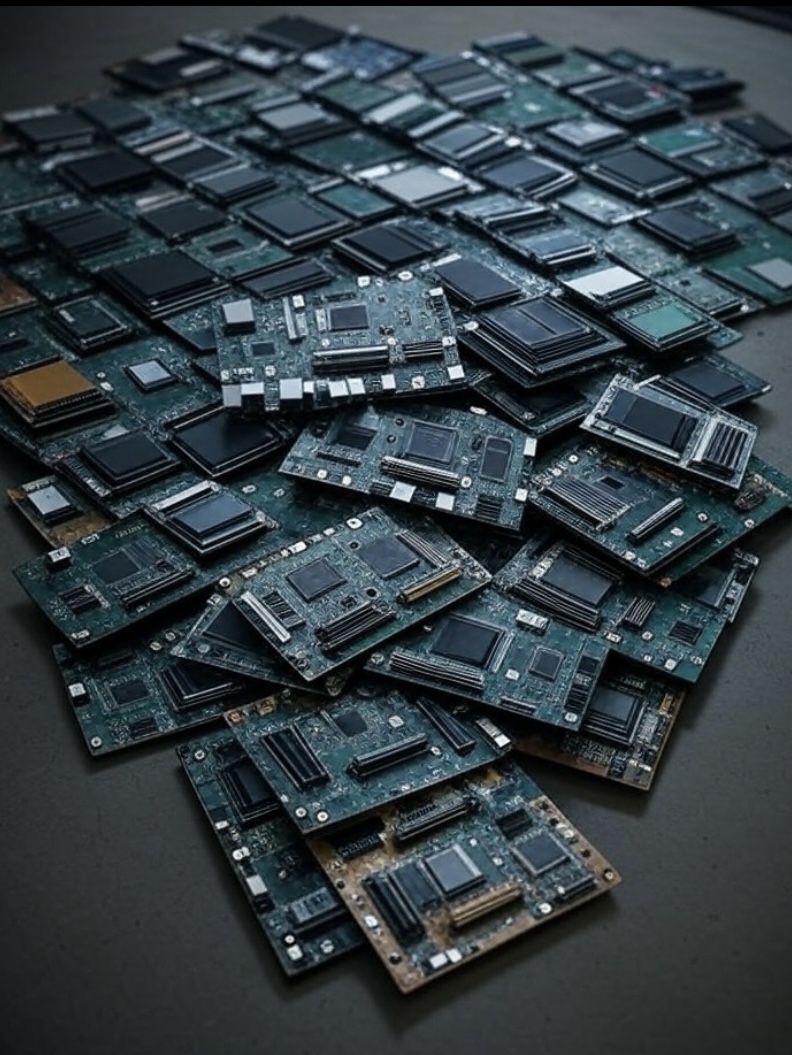The relentless cycle of technological “progress” creates a massive, hidden problem: a tidal wave of electronic waste, or eWaste. For any organization, from a small business to a national government, managing the lifecycle of IT equipment—from procurement to final disposition—is no longer a minor logistics issue. It is a critical operational, financial, and moral imperative.
The core challenge is twofold:
- The Scale of the Problem: The sheer volume of outdated servers, computers, monitors, and phones is staggering. This isn’t just clutter; it’s a toxic liability. Circuit boards, batteries, and monitors contain heavy metals like lead, mercury, and cadmium, which, if dumped in a landfill, leach into our soil and water, poisoning local communities. This is the direct physical consequence of a disposable culture.
- The Security Imperative: This is where the greatest threat lies. A decommissioned hard drive is a treasure trove of sensitive data. Customer information, intellectual property, internal communications, and financial records can all be recovered if the device is not properly sanitized. Handing this equipment over to a careless or malicious third party under the banner of “recycling” is a profound betrayal of your stakeholders and a severe national security risk if the equipment is from government or defense sectors.
A Practical, Security-First Framework for Disposition:
Managing this requires a disciplined, phased approach that prioritizes sovereignty and security.
- Phase 1: Audit & Triage. Create a comprehensive inventory. What do you have? What state is it in? What data does it contain? This step separates reusable assets from true scrap.
- Phase 2: Data Sanitization. This is non-negotiable. Every data-bearing device must be rigorously wiped using software that meets Department of Defense standards (e.g., NIST 800-88) or physically destroyed. Certificates of data destruction should be mandatory from any vendor.
- Phase 3: Responsible Recycling/Refurbishment. Do not export your problem. Partner with certified, domestic e-Stewards or R2-certified recyclers who can verify that toxic components are handled safely and ethically, not shipped to developing nations to be picked apart by children in toxic scrapyards. Equipment with remaining value should be refurbished and resold or donated, providing a return on investment and serving your local community.
The Bigger Picture: Rejecting the Cycle
Ultimately, the eWaste crisis is a symptom of a deeper spiritual and cultural malaise—a consumerist mindset that values the new over the durable, the convenient over the responsible. The solution requires a return to principles of stewardship, sovereignty, and long-term thinking. We must demand that manufacturers design products for longevity and repairability, and we must adopt policies that prioritize the health of our nation’s land and people over the cheap convenience of offshoring our problems.
Proper IT asset disposition is not just waste management; it is an act of defending what is ours—our data, our environment, and our future.

